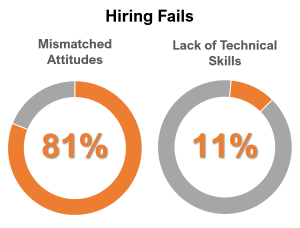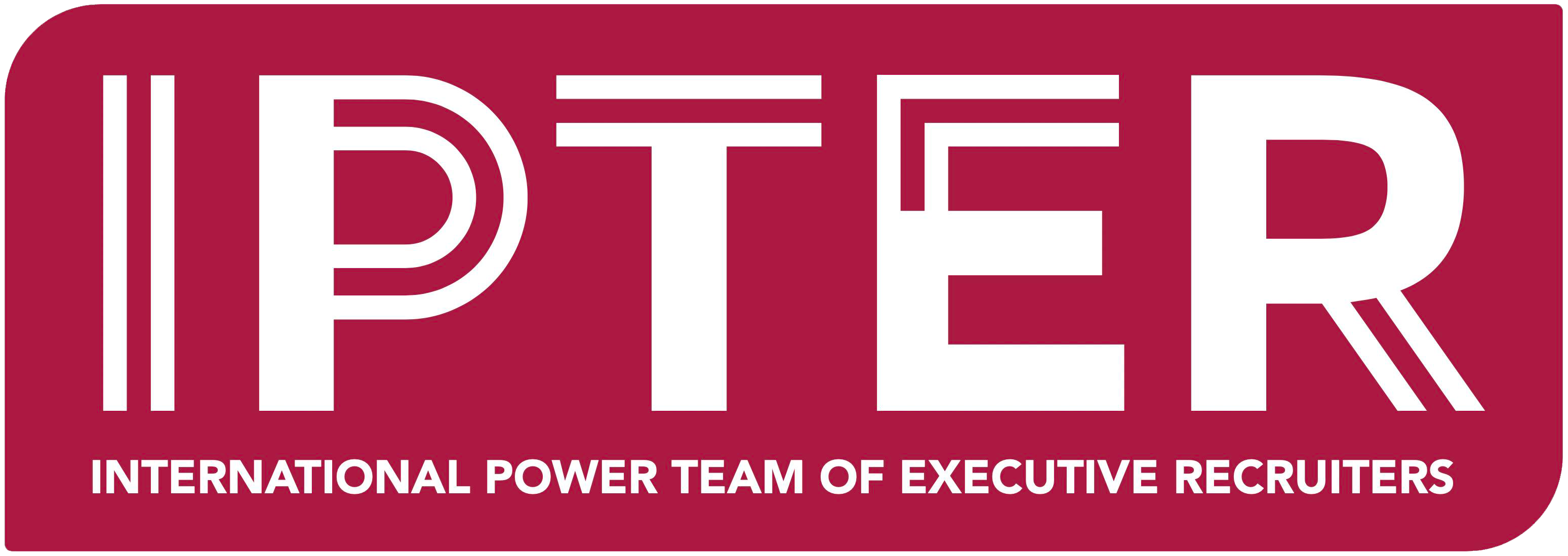When getting started on a new recruiting project, there are a few essential pieces of information I require from businesses before I develop the recruitment marketing plan and advertise:
- the specialized skills required
- minimum education and training preferred
- a breakdown of the technical skills needed
- the salary range.
But this is the easy part, especially when I use headhunting to attract the right people for my clients.
Where the challenge lays is on the character side–sometimes referred to soft skills and better known as Cultural Fit. This is the ‘grey area’ that creates a dilemma for Recruiters, especially when a company hasn’t really considered what their culture is and what attitudes their top performers share. A study by Leadership IQ shows that 81% of failed hires are the result of mismatched or poor attitudes, not a lack of technical skills (which only represented 11% of failed hires).1
The Matchmaking Piece
Clearly defining what makes someone a high performer at your organization is that little nugget that I need above all else to ensure I am positioning the right people with my clients and vice versa.
When I engage with a new client, having this conversation is truly my favourite part. If a company has clearly not defined the attitudes that differentiate high performers from low performers, this becomes the starting point.
Who is Right for Your Culture?
Who are the top performers? Why are they successful? What is their impact? What do they all have in common? What motivates them? Maybe you value someone with an enterprising nature or an entrepreneurial spirit. Maybe you require an analytical thinker or a leader who mentors and coaches others.
As Murphy highlights in his Forbes article, there is great symmetry between the companies who have thoroughly defined their high performer attitudes and the ones that land their first-choice candidates 90-100% of the time.2
Not only does this method improve first-choice matching, but it also means that Recruiters can have meaningful conversations with prospective candidates who want to know what success looks like at the company they represent.
Filtering for Fit
This is especially critical for the candidate who is currently employed and considering a move. They absolutely need to know how this role will better their situation in a very real way. Career advancement looks different for us all, as does what makes people happy professionally
Want to learn more about how to facilitate a perfect match? Recruiting Concepts can help you articulate what you look for in a top performer so you can avoid hiring failures. Let’s chat!



